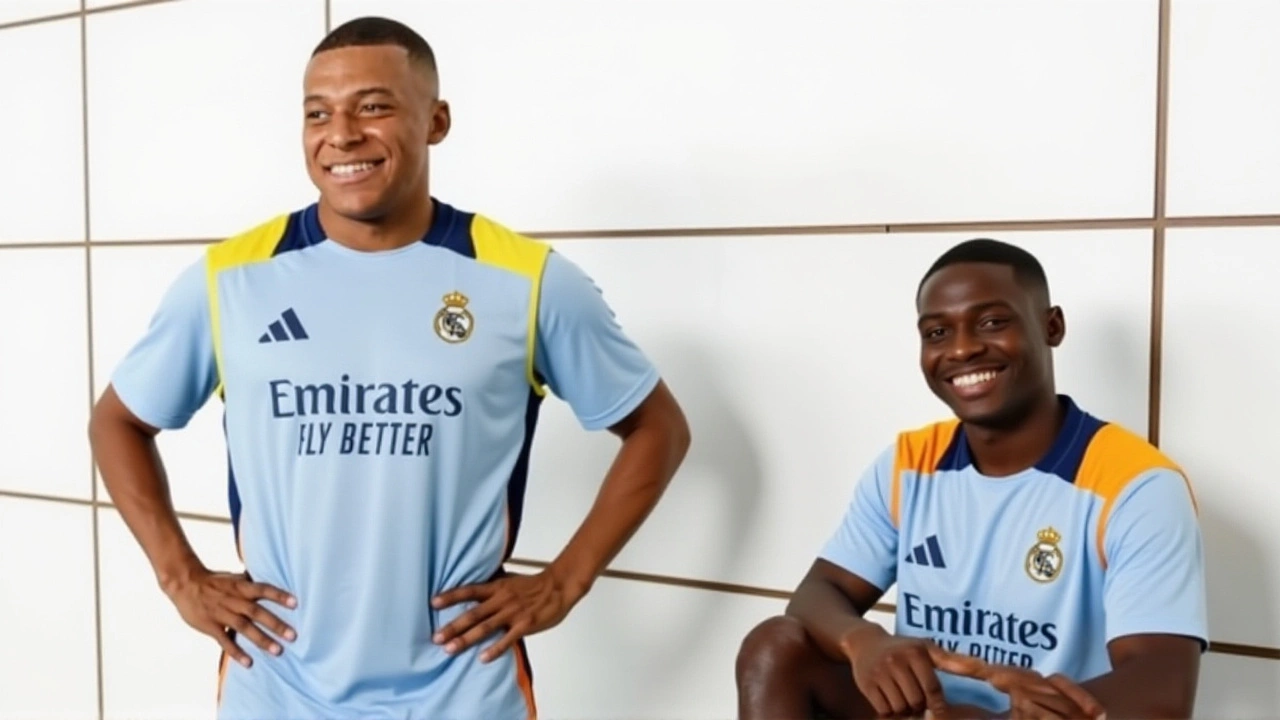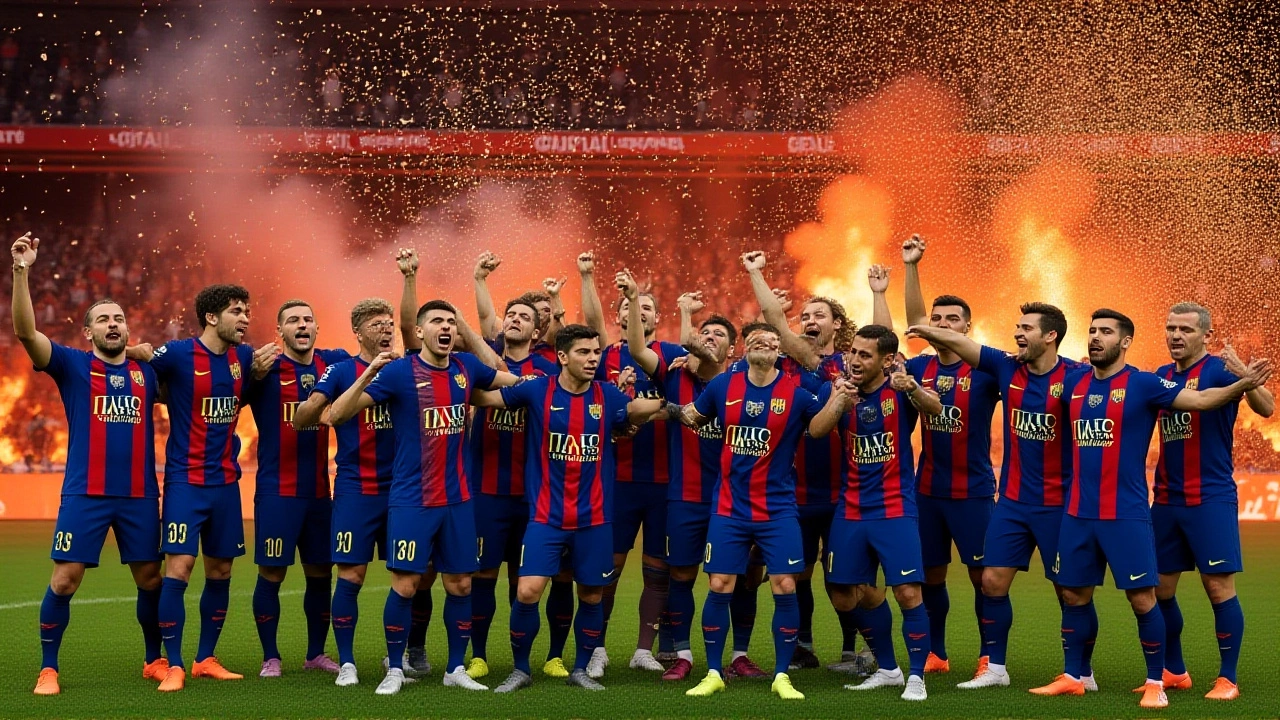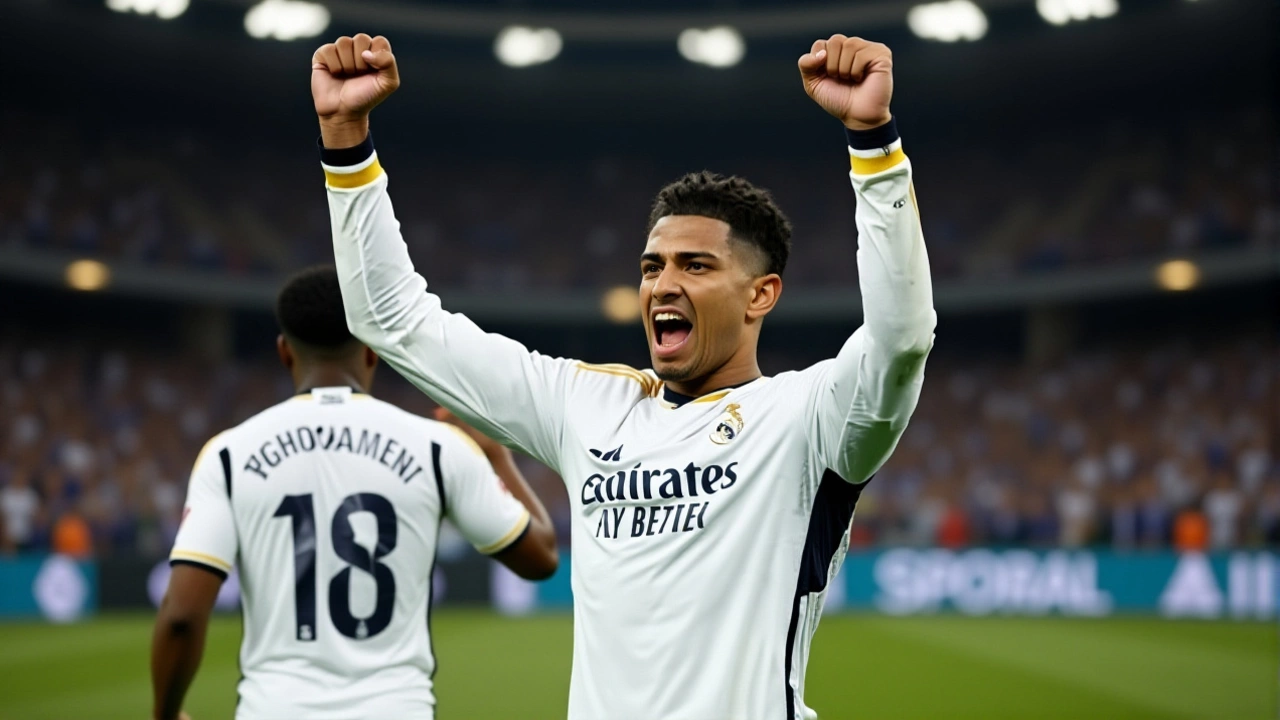When Real Madrid took the field against Pachuca on June 22, 2025, in Charlotte, North Carolina, no one expected their first win under new manager Xabi Alonso to come with ten men on the pitch. But that’s exactly what happened. A 7th-minute red card to left-back Raúl Asencio should have been the death knell. Instead, it sparked a tactical rebirth. Real Madrid won 3-1, eliminating Pachuca from the 2025 FIFA Club World Cup and sending a message to the rest of the tournament: this team isn’t just talented—it’s adaptable.
A Red Card That Changed Everything
It happened so fast. Seven minutes in, Asencio lunged into a challenge on Pachuca’s Elías Montiel and got straight red. The stadium fell silent. Pachuca’s fans roared. Real Madrid, already struggling to control possession, looked vulnerable. But then something unexpected occurred: the team tightened. They stopped trying to dominate and started defending with discipline. By halftime, they weren’t just holding on—they were threatening.
That’s when Jude Bellingham struck. A sharp cut inside from the right, a stutter step, and a low drive past Pachuca’s keeper at 35’. Two minutes later, Arda Güler doubled the lead with a curling left-footed shot from outside the box. The kind of goal you only see from a player who’s been watching Messi highlights since he was ten. The first half ended 2-0. Pachuca’s only response? A goal from Raúl Asencio himself—yes, the same man who got sent off—on a counterattack. The irony wasn’t lost on anyone.
Courtois: The Unseen Hero
While the goals grabbed headlines, the real story was Thibaut Courtois. The 33-year-old Belgian, often criticized for his slow starts this season, delivered a performance for the ages. He made five critical saves in the second half, including a fingertip stop on a point-blank header from Salomón Rondón and a one-on-one denial that looked like it came from a 25-year-old, not a veteran. Managing Madrid gave him a 9/10. ESPN FC’s panel, including Venezuelan analyst and Salomón Rondón superfan, said it plainly: “Courtois saved Real Madrid today. That’s a fact.”
What made it more remarkable was the context. With ten men, Pachuca had space. Real Madrid’s midfield, usually so fluid, had to drop deep. The backline was stretched. But Courtois didn’t just react—he anticipated. He came off his line like a sweeper-keeper, cutting off through balls before they developed. He didn’t just stop goals—he stopped momentum.

The Xabi Alonso Effect
Before the red card, Real Madrid looked disjointed. They passed sideways. They failed to press. Pachuca’s midfield, led by veteran Elías Montiel, exploited the gaps behind the fullbacks. But after the dismissal, something clicked. Alonso, who had never managed a top-tier club before, adjusted instantly. He switched to a 4-3-3, pushed Federico Valverde higher, and asked Trent Alexander-Arnold to stay wide and defend deeper. The result? A team that looked more organized than it had all season.
“Before the red card, Real Madrid were struggling to pressure the ball,” said ESPN FC’s analyst. “Pachuca actually got in behind… the spaces were open.” But after? “They became better structured. Better organized defensively. And then they leaned on their talent going forward.”
That’s when Valverde sealed it. A 70th-minute breakaway, a perfectly timed pass from Bellingham, and a cool finish. The goal wasn’t flashy—it was efficient. Exactly what Alonso wanted.
Group H Aftermath and Pachuca’s Exit
With the win, Real Madrid improved to 2 wins, 1 draw, 0 losses—7 points—and all but guaranteed top spot in Group H. Pachuca, meanwhile, finished 0-3-0, eliminated before their final group match even kicked off. Their campaign, which began with hope after qualifying as CONCACAF champions, ended in frustration. The team showed flashes—Montiel’s goal, Rondón’s relentless work rate—but lacked the cohesion to compete with elite sides.
One curious footnote: Dean Huijsen, the 19-year-old Spanish defender, earned an 8.5/10 from Managing Madrid for his composure in the second half. He played the final 35 minutes after replacing an injured Rüdiger. If this is the future, Real Madrid’s defense might be in better hands than anyone thought.

What’s Next?
Real Madrid’s next match in Group H is scheduled for June 26, against either Al Ahli or Flamengo—depending on the final group standings. A win there likely means a semifinal berth. But more importantly, Alonso now has his first signature win. The narrative has shifted: this isn’t just a squad with star power—it’s a team learning to win under pressure.
Pachuca’s journey ends here. They return to Mexico with dignity but no silverware. Their players, especially Salomón Rondón, who played 87 minutes despite being 35, will be remembered for fighting hard in a tournament far beyond their usual level.
Frequently Asked Questions
How did Real Madrid manage to win with 10 men?
Real Madrid shifted from a possession-heavy 4-3-3 to a compact 4-3-3 with deeper positioning after Raúl Asencio’s red card. Xabi Alonso instructed his midfielders to protect the backline while relying on the pace of Vinícius Júnior and Valverde on counters. Thibaut Courtois’s five critical saves and Dean Huijsen’s defensive stability allowed them to absorb pressure and strike efficiently. Their structure improved dramatically—so much so that ESPN FC analysts called it their most organized performance of the season.
Why was Thibaut Courtois rated 9/10?
Courtois made five high-difficulty saves, including a one-on-one stop on Salomón Rondón and a fingertip parry from point-blank range. He also intercepted three through balls with his positioning, effectively acting as a sweeper. His composure under pressure prevented Pachuca from capitalizing on their 11-vs-10 advantage. Managing Madrid noted he was the only Real Madrid player to improve his rating after the red card, calling him the “unsung architect” of the win.
What impact did Xabi Alonso’s tactics have on the match?
Before the red card, Real Madrid’s pressing was lazy and their transitions slow. Alonso’s halftime adjustments forced his team to play with tighter lines and shorter passes. He moved Valverde into a more advanced role and asked Alexander-Arnold to stay back. The result was a more disciplined unit that didn’t rely on individual brilliance alone. This tactical shift didn’t just win the game—it redefined how Alonso’s Real Madrid might play in high-pressure moments going forward.
Was Raúl Asencio’s red card the turning point?
Yes—but not because it hurt Real Madrid. It forced them to change. Before the card, they were sloppy and overconfident. After, they became focused. Even more striking: Asencio scored Pachuca’s only goal minutes after being sent off, making it one of the most bizarre moments in Club World Cup history. The red card didn’t break Real Madrid—it revealed their depth and adaptability.
Why was Salomón Rondón mentioned so much in the analysis?
The ESPN FC analyst openly admitted to being a lifelong fan of Rondón, calling him “the most underrated striker of his generation.” Though Rondón didn’t score, he played 87 minutes, pressed relentlessly, and created multiple chances. His presence gave Pachuca their only real threat. The analyst’s emotional commentary highlighted how deeply personal football can be—even in a global tournament.
Did Real Madrid’s lineup change after the red card?
Yes. With Asencio out, Fran García shifted to left-back, and Dean Huijsen came on in the 55th minute to replace Antonio Rüdiger after an injury. Bellingham and Valverde were given more freedom to push forward, while Tchouaméni anchored the midfield. The formation remained 4-3-3, but the roles shifted drastically—less attacking width, more central control. It was a masterclass in in-game adaptation.
